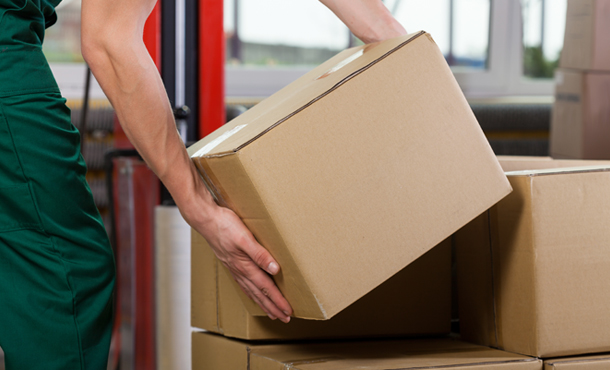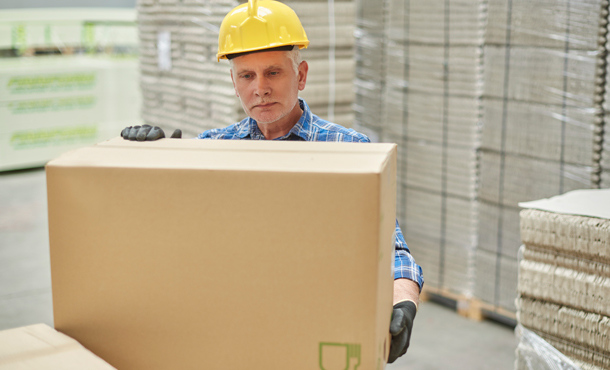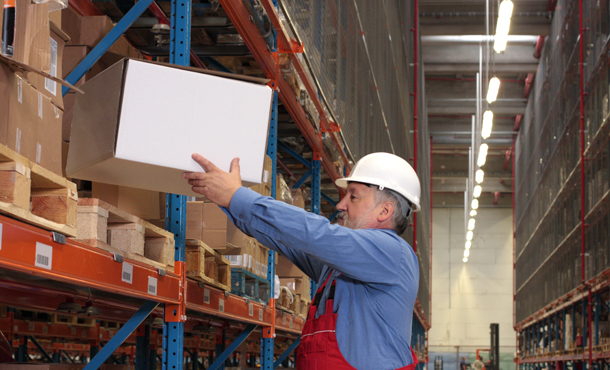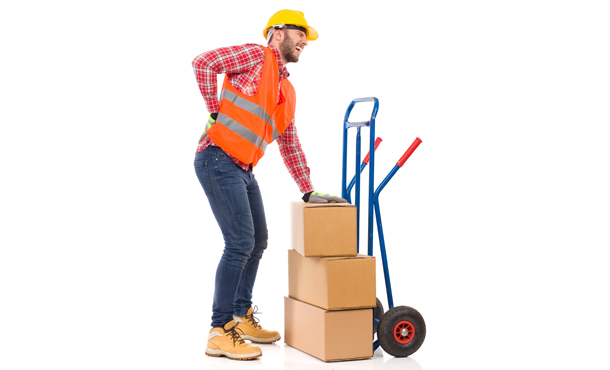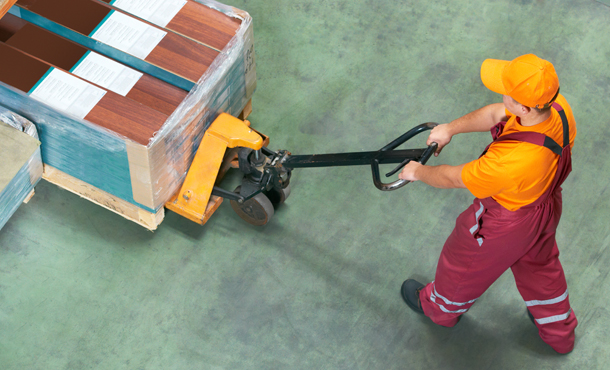- Heavy Lifting
- Repetitive or sustained force/movement
- Sustained awkward posture
- Heavy and/or sudden force
- Exposure to vibration

We at safetyliftingear.com have been working in the lifting and handling industry since 1977. Manual handling means transporting or supporting a load by your own strength alone, and we’ve done our fair share of it.
As experts in our field, we don’t just supply load handling equipment - we understand all the ins and outs of manual handling and how to do it safely.
Before any manual handling task, it's important to assess the potential risks and how to deal with them. We're here to help you understand the hazards associated with manual handling... and how these hazards can be avoided by using the proper equipment.
TweetLike
What risks should I be aware of?
There are plenty of ways that even the simplest manual handling job can result in injury. If your work involves any of the following you may be at risk.High-Risk industries
Manual handling injuries are more common in some industries than others. According to the HSE, the riskiest sectors are:- Construction
- Agriculture
- Transportation
- Healthcare
How to minimise manual handling risks
If you want to learn how to avoid the most common manual handling hazards, you may wish to complete a manual handling training course that will teach you how carry out these tasks safely.However, we can offer a few helpful tips - here are some things you should avoid doing where possible:
Attempting to lift objects that are too heavy and / or large to carry
Lifting and handling while in an awkward position
Trying to lift objects that are difficult to grip firmly
Working in poorly lit conditions
Lifting and handling in confined spaces
Carrying loads over unstable or uneven surfaces
Undertaking tasks that require sustained repetetive movement
What are my employer's responsibilities?
By law, employers must follow the Manual Handling Operations Regulations. This means taking the correct precautions to:- Avoid hazardous manual handling operations
- Ensure that unavoidable tasks can be carried out as safely as possible
- Eliminate the risk of injury where reasonably practical
Employees have responsibilities too!
It’s not solely up to your employer to keep you and your colleagues safe. You should work with your employer to make everyone safer – in particular, you need to: - Follow the safety procedures set out for you
- Use equipment properly
- Tell your employer if you identify any hazards
- Make sure you're not putting other people at risk
Stay safe by using the right equipment
Here at SafetyLiftingGear.com, we supply all kinds of material handling products that can be used instead of transporting loads manually. Regardless of what you need to move, we're sure to have the right equipment for the job.Our extensive product range includes:

